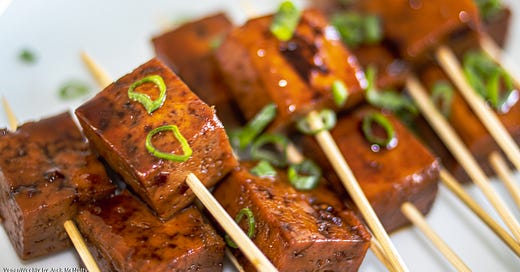Umami-Rich Ingredients & How I Use Them
Umami is a taste sensation that makes foods savory, complex, satisfying and mouthwatering…it’s the key to great cooking! Here’s a look at how I use and combine ingredients to develop umami in my food.
Last week, I shared some of my thoughts on why developing umami in food is important – especially in vegan cooking (read it here). This week, in part two of the series, I’m taking a closer look at my…



